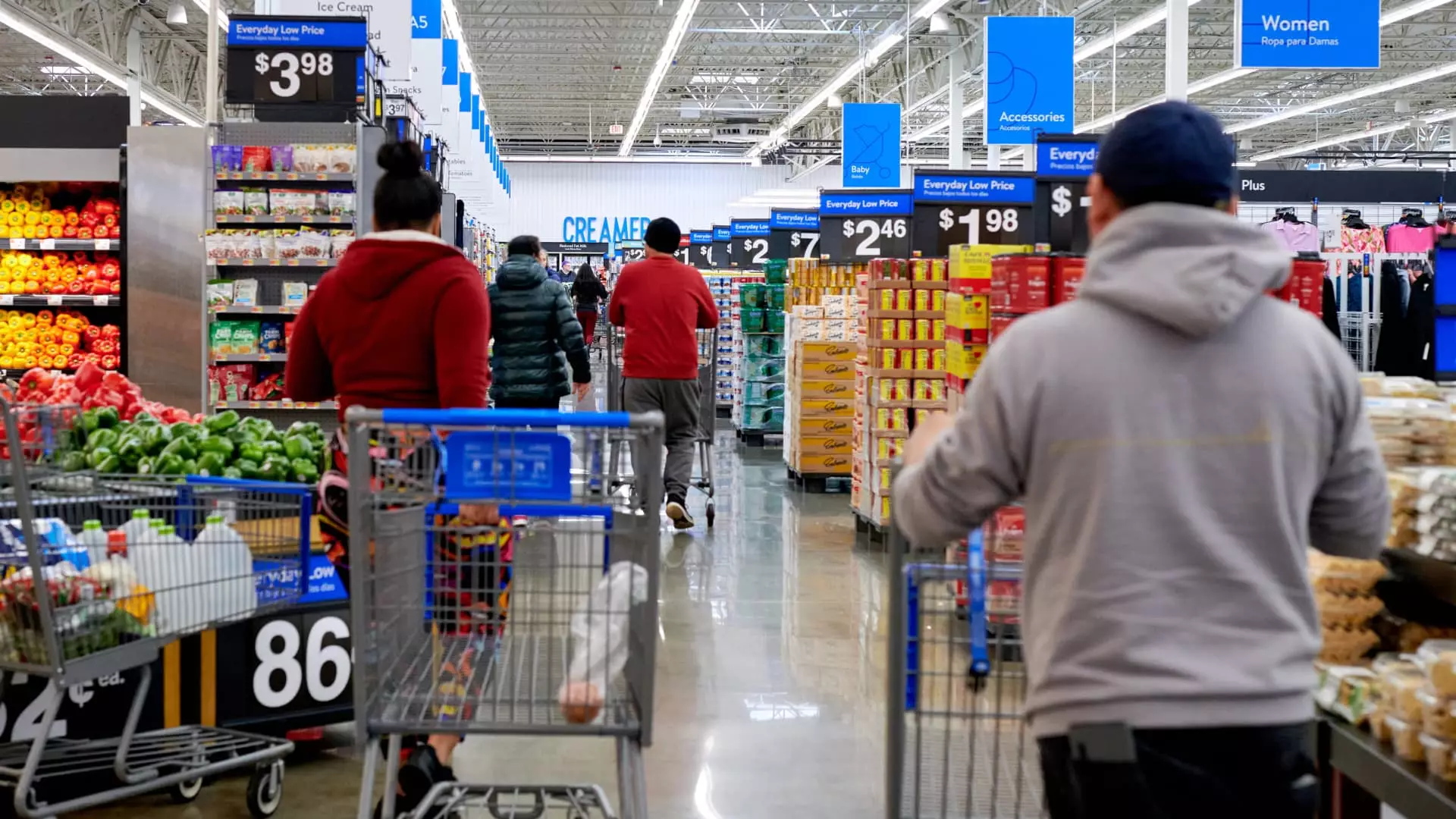After months of economic prosperity, there seems to be a shift in how Americans perceive their financial standing. The era of negative sentiment and anxiety about the economy, commonly referred to as the “vibecession,” might be coming to an end. According to Michael Pearce, deputy chief U.S. economist at Oxford Economics, as inflation rates decrease and the Federal Reserve gears up to reduce interest rates, consumers’ outlook on the future is becoming more positive. This shift is aligning the country’s economic performance with consumer sentiment, indicating a potential upswing in the overall economic climate.
While economists like Pearce and Brett House agree on the recent improvement in consumer confidence, the exact cause of this shift remains unclear. Pearce speculates that the reduction in inflation rates, which are on a steady decline back towards the target of 2%, may have contributed to the increased optimism. Additionally, the Federal Reserve’s clear intention to lower interest rates could be fueling positivity about the future. However, pinpointing a single cause for this change in mood is challenging and requires further analysis and observation.
Recent economic data points towards a stable economic landscape that supports the Federal Reserve’s decision to consider lowering interest rates. Despite a low unemployment rate of 4.2%, there has been a steady upward trend in unemployment figures over the past year. This trend, in combination with a rise in the personal consumption expenditures price index, suggests a need for the central bank to adjust its benchmark rate. With the release of the August consumer price index looming, experts like Greg McBride anticipate continued progress towards maintaining stable inflation rates.
Contrary to earlier predictions of an impending recession, the U.S. economy seems to be on track for a soft landing, according to economists like Jack Kleinhenz. The resilience of the American consumer and the progress in inflation rates without a significant impact on the labor market paint a positive picture for the future. This scenario, often referred to as a “Goldilocks” situation, indicates a delicate balance between economic growth and stability. Despite the skepticism of some economists, the probability of a recession in the near term has diminished, with Goldman Sachs revising down its forecast from 25% to 20%.
Throughout history, the U.S. economy has witnessed several recessions, each characterized by a significant decline in economic activity spread across various sectors. The most recent recession occurred at the beginning of 2020, leading to a halt in economic progress. Economists acknowledge the cyclical nature of economic downturns and the inevitable reality that the economy will face another recession in the future. The current economic landscape, amidst global uncertainties and upcoming policy shifts, poses challenges and opportunities for sustained growth.
While the recent shift in consumer sentiment and positive economic indicators provide hope for continued stability, there is always an element of unpredictability in the financial markets. As experts navigate through the complexities of the current economic climate, the need for cautious optimism and strategic decision-making remains paramount. The end of the vibecession may signify a new chapter in the economic trajectory of the United States, but vigilance and foresight are essential to navigate the challenges that lie ahead.


Leave a Reply